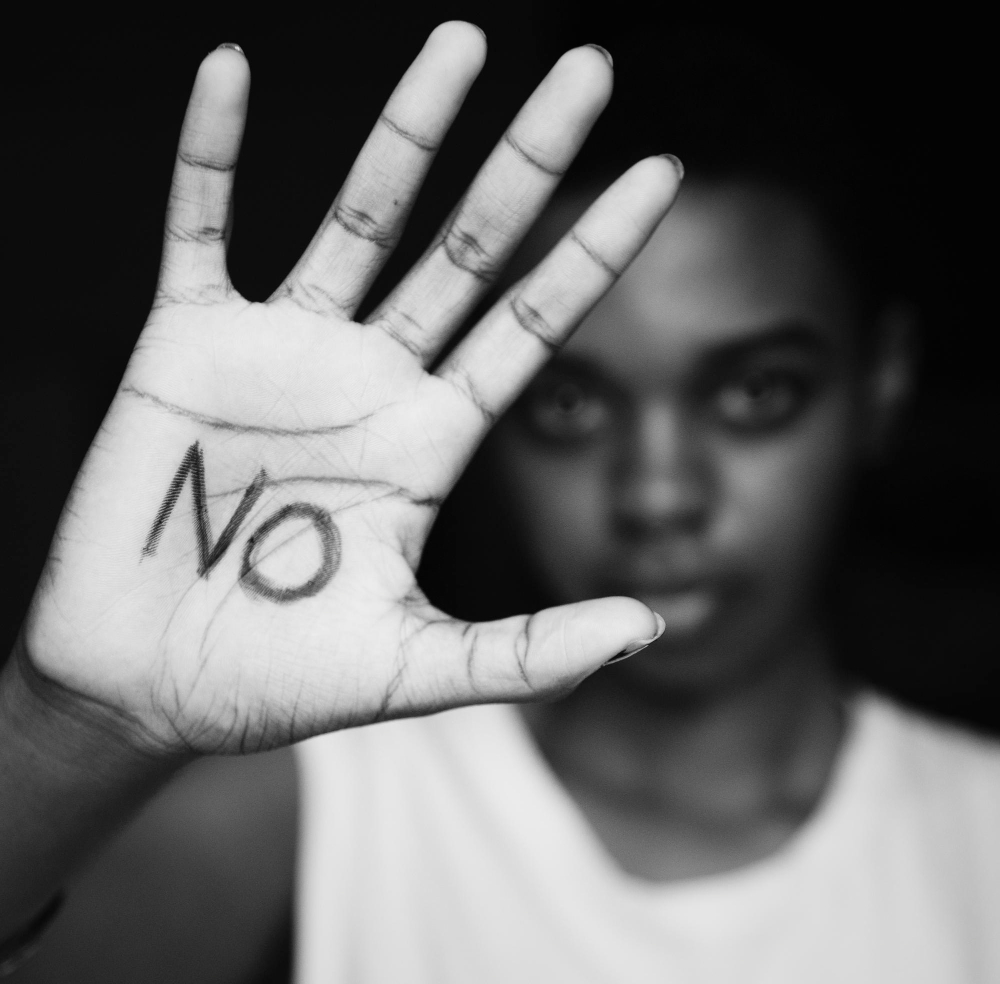Child sexual abuse: the suffering untold

Child abuse sadly prevails globally, encompassing physical, emotional, and economic violations. Defined by WHO, child abuse involves physical or emotional ill-treatment, exploitation, or neglect causing harm. Child sexual abuse (CSA) entails child involvement in incomprehensible sexual activities, violating consent and societal norms. Awareness gaps exist in developing countries, like India, amplifying vulnerability. Globalization, urbanization, and socioeconomic shifts expose children to new forms of abuse. Universal definitions of child abuse across cultural and socioeconomic contexts are lacking.
Child Sexual Abuse
CSA dynamics differ from adult abuse; disclosure often follows behavior changes. Survivors’ suffering, stigma, and lack of discourse perpetuate silence. CSA laws have evolved, yet challenges persist in implementation and reporting.
Poverty isn’t the sole factor; CSA spans diverse backgrounds. Urbanization and parental work pressures leave children vulnerable. Rural areas, child labor, expose children to hazards including sexual abuse.
Globally, CSA prevalence is staggering. WHO estimated 150 million females and 73 million males suffered CSA. Meta-analysis revealed significant prevalence, affecting both genders across continents.
In India, home to 440 million children, CSA is rampant. Studies report varying prevalence, highlighting an alarming issue. Legal changes have spurred awareness, but ground realities remain grim.
Consequences and Support
CSA’s consequences ripple across mental health and behavior. Survivors face disorders, depression, anxiety, and self-esteem issues. CSA survivors’ mental health journey demands tailored support for healing.
The trauma silences many victims, hindering disclosure and healing. Therapy and awareness are vital for recovery, fostering mental well-being.






